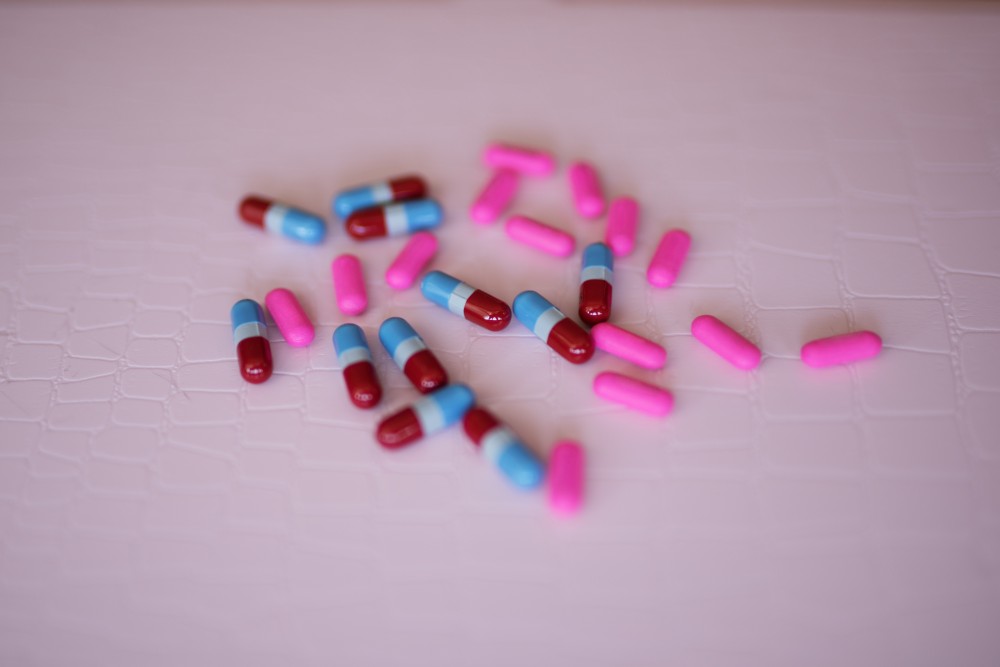The capsule’s two sides are united, with the cap overlaying the body.
Separation of the cap and body does not generally occur under normal storage circumstances or in clinical use due to the close fit between the two halves.
The cap and the body are the two halves that make up the cap.
The formulation is loaded into the body of the dosage form (using a variety of mechanical processes) and the cap is forced into place during the manufacturing process.
Dip-coating is used in the production of hard Gelatin capsules.
The following are the various stages showed by a Gelatin Capsule Manufacturer:
Getting the gelatin solution ready initially, a concentrated gelatin solution (about 35–40 percent w/w) is made in demineralized hot water with stirring.
After the polymer has dissolved, a vacuum is applied to the mixing vessel to remove any trapped air.
Other capsule ingredients are incorporated. Other excipients, such as colourants, may be added to the heated gelatin solution. Hard gelatin capsules are typically coloured to improve their aesthetic features as well as serve as a way of product identification. The chosen dye will be used for this purpose.
Additionally, the addition of sodium lauryl sulphate in the heated gelatin solution improves the wetting of the (hydrophilic) gelatin solution on the metal pins during the production process.
As a result, gelatin capsules of consistent thickness are produced.
Controlling the viscosity is crucial because it determines the capsule thickness (which is usually around 100 m).
The capsule thickness will decrease as the viscosity is reduced.
Dip-coating the gelatin solution onto metal pins (moulds): The capsule-making machine consists of two sets of bars, each with a series of lubricated pins (aligned in columnar configuration) that have been greased before use.
The pins (one set for the cap and one set for the body of the capsule) are dipped into a pan of hot gelatin solution (35–45°C).
The bar containing the pins is removed and rotated after the gelatin solution has adsorbed onto the surface of the pins.
Because of the lower temperature of the gelatin and the rotating action, the gelatin gels uniformly on the surface of the pins.
The pins are then advanced via a series of air dryers, which pass air with the proper humidity across the gelatin film’s surface.
After that, the (hardened) capsules are taken from the pins and cut to size before being joined together to form the finished capsule.
Final capsule properties: The final capsules should have a water content of 13–16 percent w/w.
Given the implications of water content on the mechanical (and thus in-use) properties of the capsules, this is a significant factor.
Water functions as a plasticizer for gelatin, ensuring that the capsule’s mechanical characteristics are sufficiently resilient so that it does not crack or deform permanently during production, handling, or storage.
Hard gelatin capsule filling options: The fill for hard gelatin capsules can be in the form of a powder (or granule) holding the required drug or a liquid in which the drug is either dispersed or dissolved.
Both of these techniques’ formulation considerations are covered separately below.
Fills a solid capsule many of the excipients utilised in the formulation of solid capsule fills for capsules are also used in tablet formulations for identical purposes, as YOU will notice.
To avoid duplication, just the most fundamental characteristics of the excipients (such as their qualities and rationale for use) will be discussed.
General qualities of solid fills: When constructing these as capsule fills, there are a few general properties of powders to keep in mind:
To guarantee uniform mixing and reduce segregation, the particle size distributions of the various components of the powder mix (including the therapeutic agent) should be identical.
To provide predictable and repeatable flow throughout the filling process, the particle size distribution of the powder blend should be both monomodal and low polydispersity (low standard deviation).
Multimodal and polydisperse powder mixes, on the other hand, have a tendency to separate, causing issues.


























